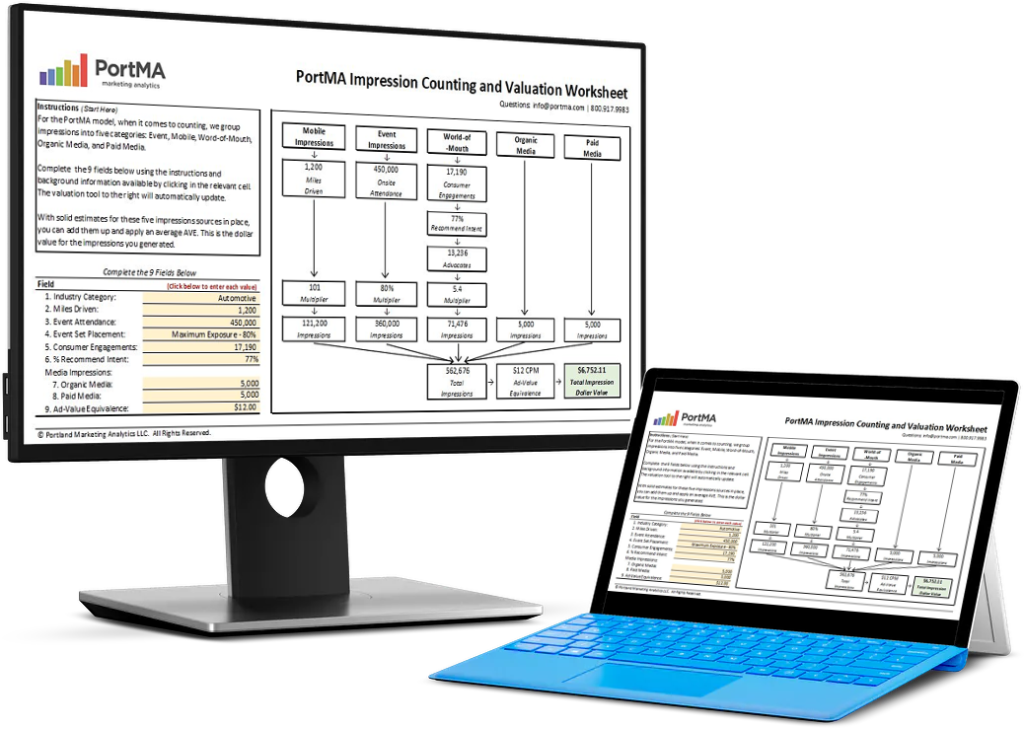In our most recent blog post, we talked about measuring customer satisfaction – or, better, dissatisfaction. Let’s call that our baseline satisfaction research. Now you know where your organization stands among its competitors and what your strengths and opportunities are. The next step is to work on improving customer satisfaction and tracking those improvements. This is what we’re going to cover in this two-part blog.
Estimated reading time: 3 minutes
Identifying Satisfaction Focus Issues
Baseline satisfaction, or dissatisfaction research, highlights the areas where you can make positive changes for your customers. Tracking satisfaction successfully starts with identifying the top issues you want to focus on.
We generally recommend finding the lowest hanging fruit that allows for quick improvements; or choosing those areas that are potentially damaging loyalty the most. Another way to select the most pressing issues is to consider which ones will provide the biggest opportunities for your business.
Once you know what you are going to focus on, you can start to consider the resources and training needed to address your pressing issues. Next, you need to consider how you will measure improvements and track satisfaction.
Defining Key Performance Indicators (KPIs)
Tracking satisfaction requires well-defined KPIs (Key Performance Indicators). For those to be effective, the KPIs need to be relatable and actionable.
Your staff not only needs to understand what the KPIs are; they also need to be empowered to control and affect these key performance indicators. There is nothing more demoralizing than being evaluated on things you can’t influence.
Here is an example: “increasing overall satisfaction” makes for a difficult KPI because it’s unclear what an individual employee can do to create that change. On the other hand, let’s say your research shows that billing timeliness is an issue of high importance. This is something your finance or admin team can directly influence.
Changes to the timeliness of billing are measurable. Plus, the team understands the process and will have an opportunity to adapt it. Improving customer satisfaction in this area will automatically affect overall satisfaction.
(You can listen to the full episode of the podcast below.)
How to Track and Monitor Satisfaction
Much like baseline satisfaction research, this more detailed customer satisfaction research is best monitored with the help of a survey.
Tracking satisfaction gives you the most meaningful insights if you survey clients repeatedly over the space of, say, a year. Now, you’re monitoring how things are progressing, but you’re doing this very differently from the baseline survey.
Baseline surveys are relatively comprehensive and often take ten or even 15 minutes to complete. Compared to those, tracking surveys are very much abridged. For baseline surveys, think about six or ten questions that you will ask several times a year.
There is no hard and fast rule to determine how often you should contact your customers. Generally, quarterly or twice a year works well. However, this depends on the nature of your relationship and the KPIs you have selected.
In Part Two, we will cover the differences between relationship-based and transaction-based tracking. Also, we’ll talk about the importance of the email introduction to your survey.

Download the Free Spreadsheet Tool
CALCULATE THE DOLLAR VALUE OF EVENT IMPRESSIONS
PortMA Impression Counting and Valuation Worksheet
Download this spreadsheet and complete the fields for your campaign to get a clear count of your activation impressions translated into a Dollar Value of Marketing
Impression Spreadsheet
